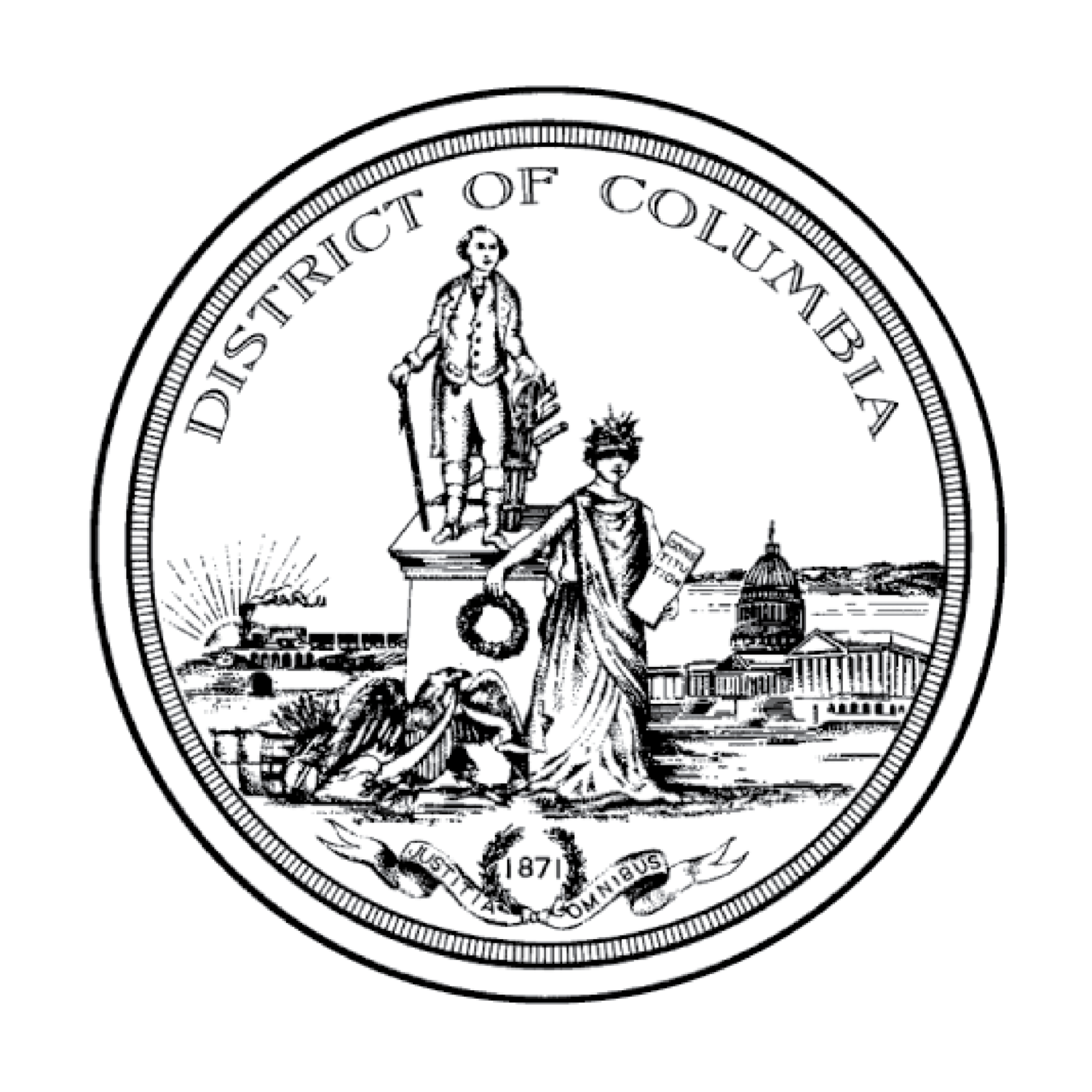Fare-Free Bus Funding & Metro For D.C.
Chartbook on Metro For D.C. Amendment Act (COW Committee Print) & Fare-Free Bus funding Emergency Amendment Act
This chartbook provides maps, demographic information on D.C. transit riders, and WMATA operating revenue data related to the Metro for D.C. Amendment Act of 2022 (COW Committee Print of Bill 24-429) & Fare-Free Bus Funding Emergency Amendment Act of 2022 (Bill 24-1129).
Key Findings:
About 1 in 3 D.C. residents commute to work by public transit
84 percent of bus riders in D.C. are residents, compared with 44 percent of rail riders who board in D.C.
60 percent of D.C. residents who ride the bus are Black while 60 percent of D.C. residents who take the rail are white.
D.C. residents who ride the bus are 60 percent more likely to be Latino than D.C. residents who take the rail.
68 percent of D.C. residents who take the bus have household incomes below $50,000, and 51 percent of D.C. residents who take the rail have household incomes above $75,000.
D.C. residents who ride the bus are half as likely to have a workplace transit subsidy as residents who take the rail.
The highest income transit riders living in D.C. are 5 times as likely to have a workplace transit subsidy as the lowest income riders.
D.C. residents who ride the bus are half as likely to work for the federal government as D.C. residents who take the rail.
Over the past two decades, 7 percent of revenues that WMATA used for operations came from bus fares.
Related Documents
Fiscal Impact Statement for the Emergency/Temporary Bills
Analysis of the Metro for D.C. Amendment
.
Analysis of the Metro for D.C. Amendment Act of 2022 (Introduced version)
This study takes a deep dive into the introduced version of the Metro for D.C. Amendment Act of 2022 (introduced version of Bill 24-429) and its proposal for a District Resident Transit Subsidy Program.
The District Resident Transit Subsidy Program would provide a $100 per month transit subsidy delivered through a SmarTrip card.
Riders would be eligible if they are District residents, age 18 and above, do not receive another government transit benefit, and meet the phased in income standards.
Key Findings:
At least 42 other U.S. jurisdictions provide fare-free transit or a subsidy for low-income riders.
120,000 D.C. residents commuted to work by public transit before the pandemic.
D.C. residents who ride WMATA are more likely to have a low or moderate household income than D.C. residents overall.
78 percent of D.C. adult riders do not have a workplace transit subsidy.
White adult D.C. resident riders are more than 2 times as likely to have a workplace transit subsidy than Black adult D.C. resident riders.
The highest income riders are more than 5 times as likely as the lowest income riders to have a workplace transit subsidy
185,000 SmarTrip cards or 44 percent of D.C. resident riders would qualify for the $100 per month transit subsidy under the bill’s initial phase.
92 percent of full fare and senior/disabled SmarTrip cards attributed to a D.C. rider were tapped less than $100 per month before the pandemic.
Riders who qualify for the $100 subsidy would spend between $45 million and $69 million annually, depending on how quickly transit use rebounds after the pandemic.
HEALTH NOTE ON METRO FOR d.c. amendment aCT OF 2022 (introduced version)
The Research Team issued a health note on the Metro for D.C. Amendment Act of 2022 (Bill 24-429 introduced version) in collaboration with the Pew Charitable Trusts and the Robert Wood Johnson Foundation’s Health Impact Project. The health note reviews the available evidence on the legislation’s potential health effects.
Key Findings:
There is strong evidence that public transit costs and fare reductions affect ridership rates.
There is strong evidence that reducing or eliminating public transit fares can increase ridership, especially for older adults.
There is strong evidence that public transit users achieve more daily physical activity than motor vehicle users, which results in health benefits.
There is strong evidence that public transportation is safer than riding in a car.
There is mixed evidence on how discretionary transit riders—those who have access to other forms of transportation, such as a car—respond to these incentives.
Press Coverage
“Free bus fares are coming to Washington, DC, as soon as July 2023,” Bloomberg, December 21, 2022
“DC Council passes bill for free Metrobus rides; could start in summer,” WTOP December 20, 2022
“Free ride: DC unveils bold plan to boost public transit,” Associated Press, December 12, 2022
“Smooth sailing for Metro, for now, as storm clouds gather,” Washington Post, December 9, 2022
“Chart of the week: A look at the fare-free bus proposal,” D.C. Policy Center, December 9, 2022
“New D.C. Council bill proposes free Metrobus starting next summer,” Axios, December 1, 2022
“DC Council to vote on plan making Metrobus free in DC,” WTOP, December 1, 2022
“Buses could be free for DC residents as soon as next summer,” Washingtonian, December 1, 2022
“D.C. would be the biggest city yet to make bus rides free,” Route 50, December 1, 2022
“$100 monthly transit subsidy bill advances in Washington, DC,” Smart Cities Dive. October 5, 2022




